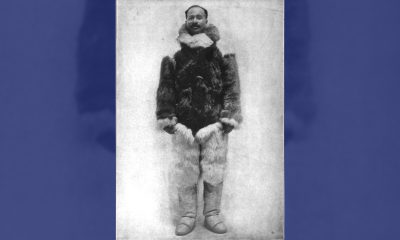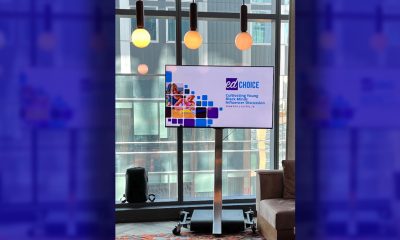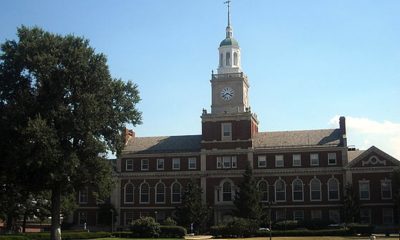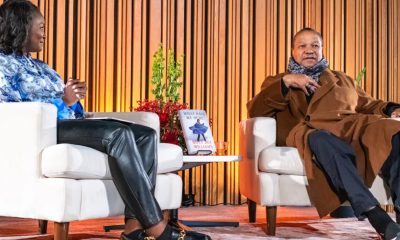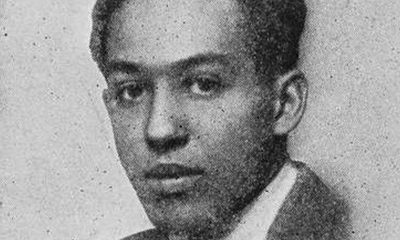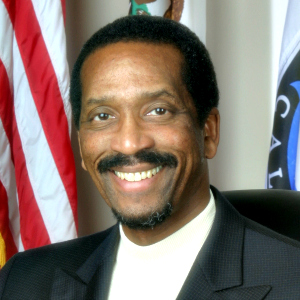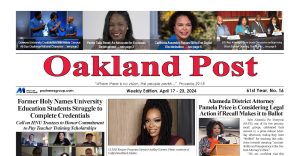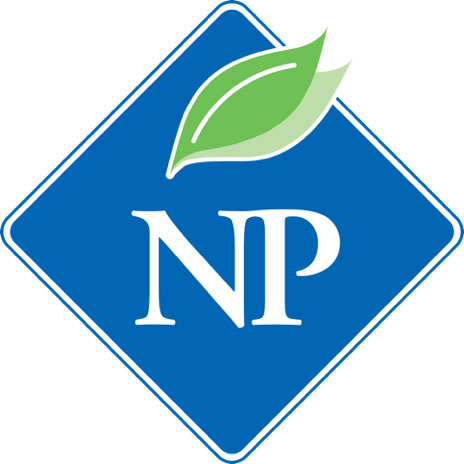Black History
George Robert Carruthers: Revealing the Mysteries of Space
During a 1992 oral history interview with the American Institute of Physics, George Robert Carruthers (1939–2020) shared: “When I was about 8 or 9 years old, I got a Buck Rogers comic book from my grandmother, and that was, of course, long before there was any such thing as a space program. Since it was science fiction, nobody took space flight seriously in those days, back in the late ’40s, early ’50s.”
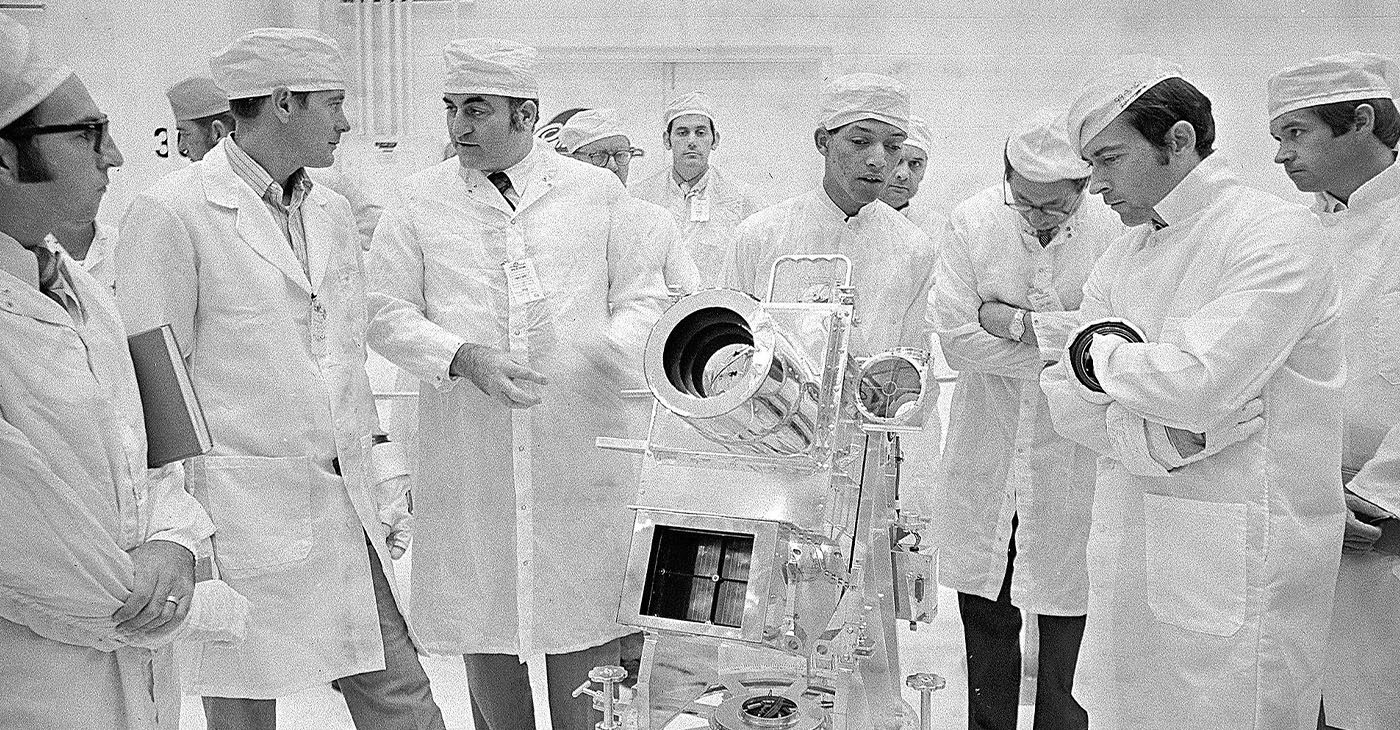
By Tamara Shiloh
At a time when only a few Black high school students were entering projects in Chicago science fairs, George Robert Carruthers (1939–2020) presented the telescope he’d designed and built. He won three awards, including first prize.
He later graduated (1957) from Chicago’s Englewood High School and earned his Ph.D. in aeronautical and astronautical engineering at the University of Illinois (1964). But his deep interest in space started much earlier.
The Cincinnati-born Carruthers constructed his first telescope using cardboard tubing and mail-order lenses he bought with money he earned as a delivery boy. He was 10 at the time and found everything about space fascinating. Although the first human journey around Earth did not take place until 1961, George’s dream was to become a part of the “unknown” being explored.
During a 1992 oral history interview with the American Institute of Physics, Carruthers shared: “When I was about 8 or 9 years old, I got a Buck Rogers comic book from my grandmother, and that was, of course, long before there was any such thing as a space program. Since it was science fiction, nobody took space flight seriously in those days, back in the late ’40s, early ’50s.”
What was then considered an interest in so-called science fiction would lead Carruthers to a successful career as an astrophysicist and engineer and his 1970 telescopic design that had been sent into space on an unmanned rocket from the White Sands Missile Range in New Mexico, proving the existence of molecular hydrogen between stars and galaxies.
He also created an advanced telescopic device used during the 1972 Apollo 16 mission to produce ultraviolet photographs of Earth’s outermost atmosphere, stars, nebulae, and galaxies. This discovery enabled scientists to examine Earth’s atmosphere for concentrations of pollutants. For his work on the project, Carruthers was awarded NASA’s Exceptional Scientific Achievement Medal.
Throughout his career, Carruthers would design several telescopes that flew aboard NASA spacecraft. In the 1980s, one of his inventions captured an ultraviolet image of Halley’s Comet. In 1991, he invented a camera used in the Space Shuttle Mission.
A supporter of education, Carruthers was instrumental in creating the Science & Engineers Apprentice Program that offered high school students an opportunity to work at the Naval Research Laboratory. In 1996 and 1997, he taught a course in Earth and Space Science for Wash., D.C., Public Schools science teachers. In 2002, he taught an Earth and Space Science course at Howard University.
In 2003, Carruthers was inducted into the National Inventor’s Hall of Fame for his work in science and engineering.
Charles F. Bolden Jr., a NASA administrator, said about Carruthers: “He has helped us look at our universe in a new way by his scientific work and has helped us as a nation see ourselves anew as well.”
Carruthers, described as “a slight, reserved man who often rode his bicycle to work,” died in 2020. He was 81.
Learn more about Carruthers and other Black inventors in Susan K. Henderson’s “African-American Inventors II.”
Activism
Oakland Post: Week of April 17 – 23, 2024
The printed Weekly Edition of the Oakland Post: Week of April 17 – 23, 2024

To enlarge your view of this issue, use the slider, magnifying glass icon or full page icon in the lower right corner of the browser window. ![]()
Black History
Matthew Henson: Explorer Extraordinaire
Matthew Henson, a trailblazing explorer who overcame countless obstacles to leave an incredible mark on history. Born on August 8, 1866, in Charles County, Maryland, his journey is a testament to the power of determination and the spirit of adventure.
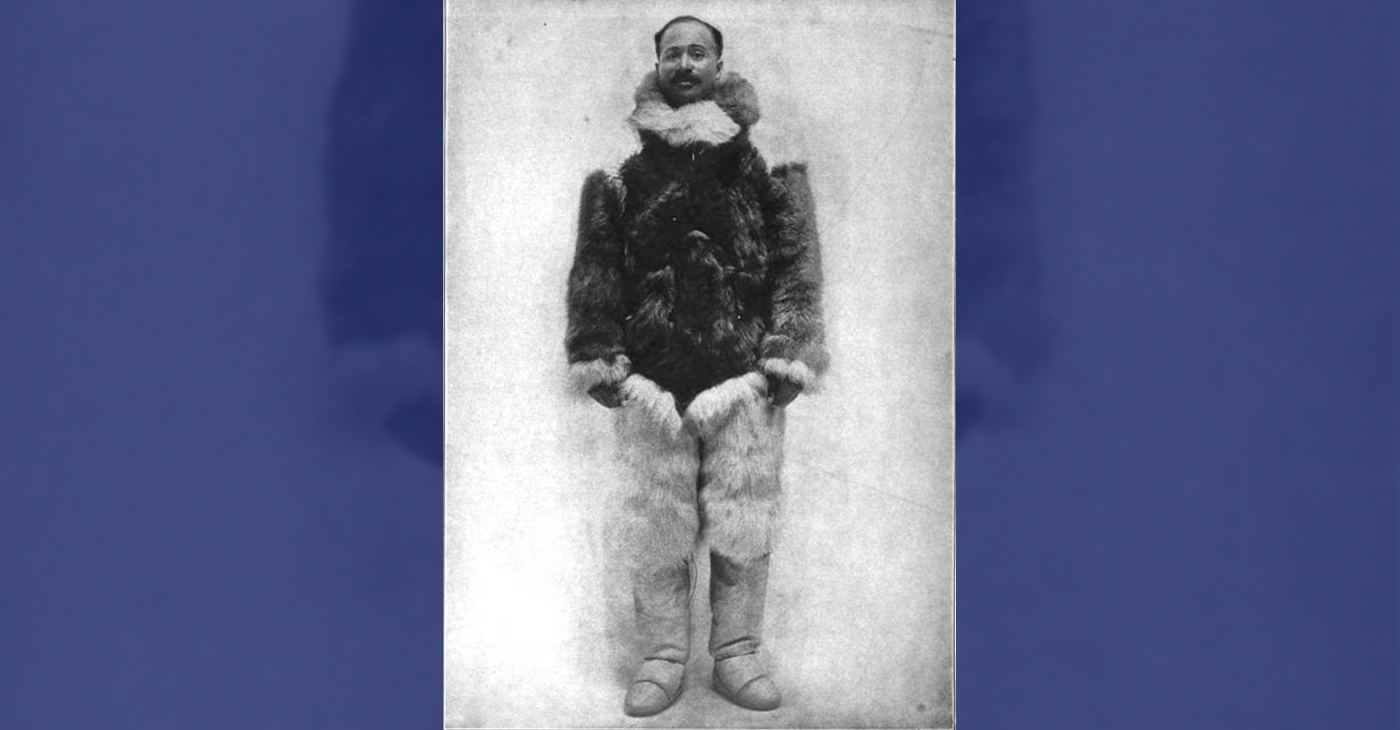
By Tamara Shiloh
Matthew Henson, a trailblazing explorer who overcame countless obstacles to leave an incredible mark on history. Born on August 8, 1866, in Charles County, Maryland, his journey is a testament to the power of determination and the spirit of adventure.
Henson’s life began amidst the backdrop of post-Civil War America, where opportunities for African Americans were scarce. From a young age, he possessed an insatiable curiosity about the world beyond his small town. At the age of 12, he embarked on a journey that would change the course of his life forever when he joined a merchant ship as a cabin boy.
His most famous expedition was his journey to the Arctic with renowned explorer Robert E. Peary. In 1887, Henson joined Peary’s crew as a seaman and quickly proved himself to be invaluable with his skills as a navigator and craftsman. Over the course of several expeditions, Matthew endured extreme cold, treacherous terrain, and grueling conditions as he and Peary sought to reach the elusive North Pole.
In 1908–09, Peary set out on his eighth attempt to reach the North Pole. It was a big expedition, with Peary planning to leave supplies along the way. When he and Henson boarded their ship, the Roosevelt, leaving Greenland on August 18, 1909, they were joined by a large group. This included 22 Inuit men, 17 Inuit women, 10 children, 246 dogs, 70 tons of whale meat, blubber from 50 walruses, hunting gear, and tons of coal.
In February, Henson and Peary left their anchored ship at Ellesmere Island’s Cape Sheridan, along with the Inuit men and 130 dogs. They worked together to set up a trail and supplies along the way to the Pole.
Peary picked Henson and four Inuit people to join him in the final push to the Pole. However, before they reached their destination, Peary couldn’t walk anymore and had to ride in a dog sled. He sent Henson ahead to scout the way. In a later interview with a newspaper, Henson recalled being in the lead and realizing they had gone too far. The group turned back, and Henson noticed his footprints helped guide them to their destination. At that location, Henson planted the American flag.
Henson’s legacy extends far beyond his expeditions to the Arctic. He shattered racial barriers in the world of exploration and inspired countless individuals, regardless of race, to dream big and pursue their passions. In 1937, he was finally recognized for his achievements when he was inducted into The Explorers Club, an organization dedicated to promoting scientific exploration and field research.
Matthew Henson died in the Bronx, New York, on March 9, 1955, at the age of 88.
Art
Marin County: A Snapshot of California’s Black History Is on Display
The Marin County Office of Education, located at 1111 Las Gallinas Ave in San Rafael, will host the extraordinary exhibit, “The Legacy of Marin City: A California Black History Story (1942-1960),” from Feb. 1 to May 31, 2024. The interactive, historical, and immersive exhibit featuring memorabilia from Black shipyard workers who migrated from the South to the West Coast to work at the Marinship shipyard will provide an enriching experience for students and school staff. Community organizations will also be invited to tour the exhibit.
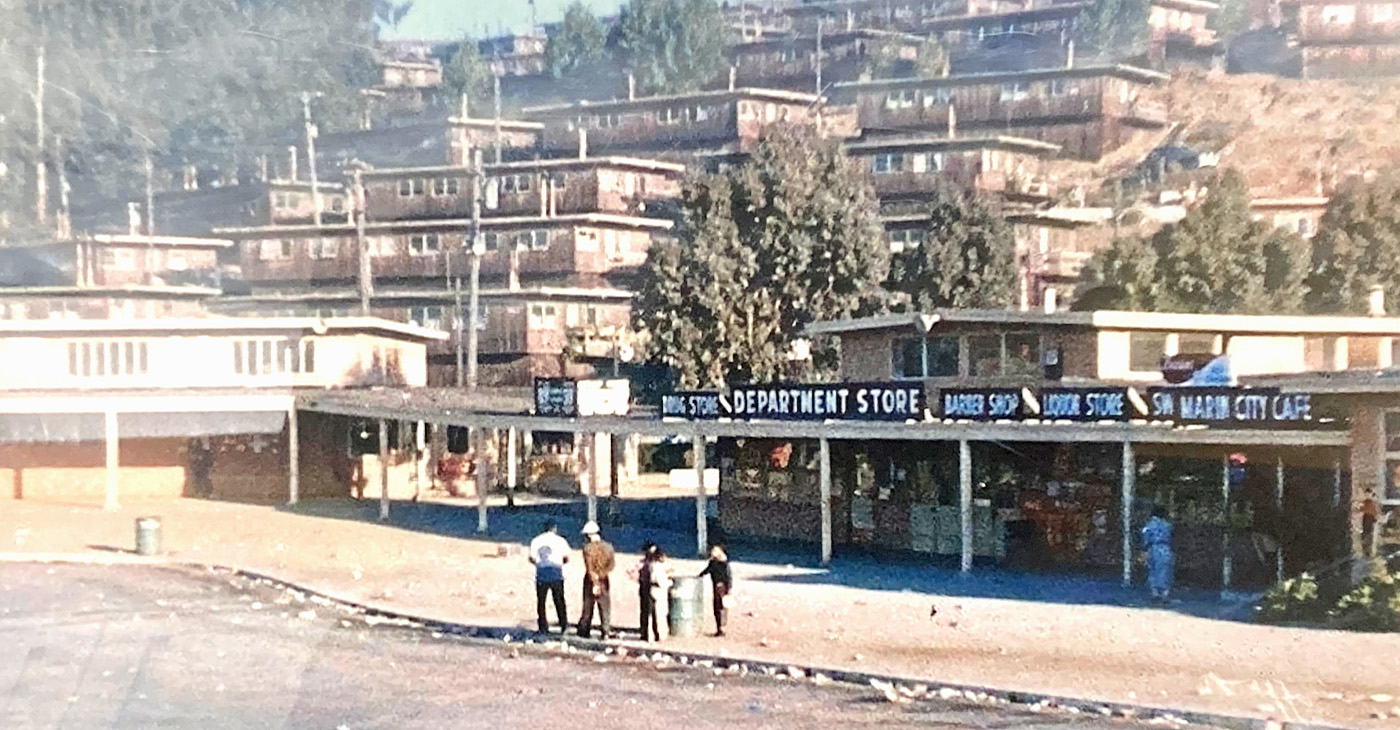
By Post Staff
The Marin County Office of Education, located at 1111 Las Gallinas Ave in San Rafael, will host the extraordinary exhibit, “The Legacy of Marin City: A California Black History Story (1942-1960),” from Feb. 1 to May 31, 2024.
The interactive, historical, and immersive exhibit featuring memorabilia from Black shipyard workers who migrated from the South to the West Coast to work at the Marinship shipyard will provide an enriching experience for students and school staff. Community organizations will also be invited to tour the exhibit.
All will have the opportunity to visit and be guided by its curator Felecia Gaston.
The exhibit will include photographs, articles and artifacts about the Black experience in Marin City from 1942 to 1960 from the Felecia Gaston Collection, the Anne T. Kent California Room Collection, The Ruth Marion and Pirkle Jones Collection, The Bancroft Library, and the Daniel Ruark Collection.
It also features contemporary original artwork by Chuck D of the Rock and Roll Hall of Fame group Public Enemy, clay sculptures by San Francisco-based artist Kaytea Petro, and art pieces made by Marin City youth in collaboration with Lynn Sondag, Associate Professor of Art at Dominican University of California.
The exhibit explores how Marin City residents endured housing inequities over the years and captures the history of plans to remove Black residents from the area after World War II. Throughout, it embodies the spirit of survival and endurance that emboldened the people who made Marin City home.
Felecia Gaston is the author of the commemorative book, ‘A Brand New Start…This is Home: The Story of World War II Marinship and the Legacy of Marin City.’ Thanks to the generous contribution of benefactors, a set of Felecia’s book will be placed in every public elementary, middle, and high school library in Marin.
In addition, educators and librarians at each school will have the opportunity to engage with Felecia in a review of best practices for utilizing the valuable primary sources within the book.
“Our goal is to provide students with the opportunity to learn from these significant and historical contributions to Marin County, California, and the United States,” said John Carroll, Marin County Superintendent of Schools.
“By engaging with Felecia’s book and then visiting the exhibit, students will be able to further connect their knowledge and gain a deeper understanding of this significant historical period,” Carroll continued.
Felecia Gaston adds, “The Marin County Office of Education’s decision to bring the Marin City Historical Traveling Exhibit and publication, ‘A Brand New Start…This is Home’ to young students is intentional and plays a substantial role in the educational world. It is imperative that our community knows the contributions of Marin City Black residents to Marin County. Our youth are best placed to lead this transformation.”
The Marin County Office of Education will host an Open House Reception of the exhibit’s debut on Feb. 1 from 4 p.m. – 6 p.m.. All school staff, educators, librarians, and community members are encouraged to attend to preview the exhibit and connect with Felecia Gaston. To contact Gaston, email MarinCityLegacy@marinschools.org
-
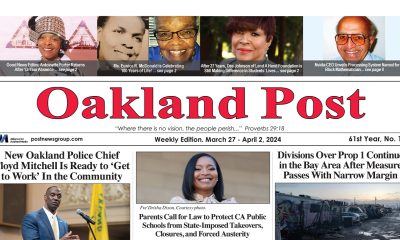
 Activism4 weeks ago
Activism4 weeks agoOakland Post: Week of March 27 – April 2, 2024
-
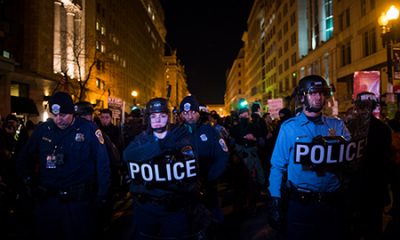
 #NNPA BlackPress4 weeks ago
#NNPA BlackPress4 weeks agoCOMMENTARY: D.C. Crime Bill Fails to Address Root Causes of Violence and Incarceration
-
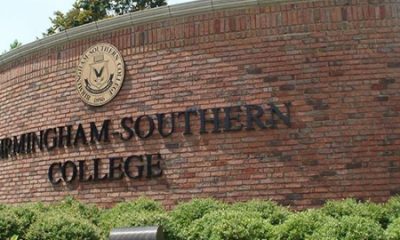
 #NNPA BlackPress4 weeks ago
#NNPA BlackPress4 weeks agoMayor, City Council President React to May 31 Closing of Birmingham-Southern College
-
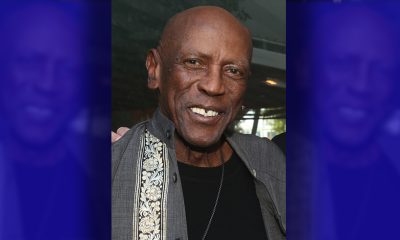
 #NNPA BlackPress4 weeks ago
#NNPA BlackPress4 weeks agoBeloved Actor and Activist Louis Cameron Gossett Jr. Dies at 87
-
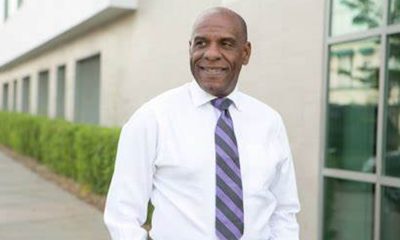
 Community1 week ago
Community1 week agoFinancial Assistance Bill for Descendants of Enslaved Persons to Help Them Purchase, Own, or Maintain a Home
-
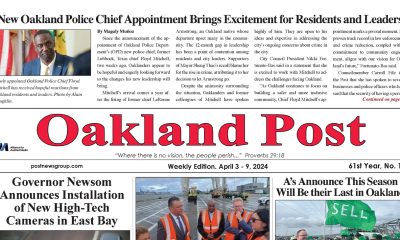
 Activism3 weeks ago
Activism3 weeks agoOakland Post: Week of April 3 – 6, 2024
-

 Business1 week ago
Business1 week agoV.P. Kamala Harris: Americans With Criminal Records Will Soon Be Eligible for SBA Loans
-
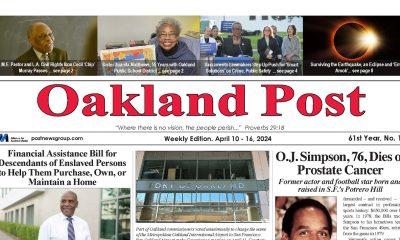
 Activism2 weeks ago
Activism2 weeks agoOakland Post: Week of April 10 – 16, 2024

